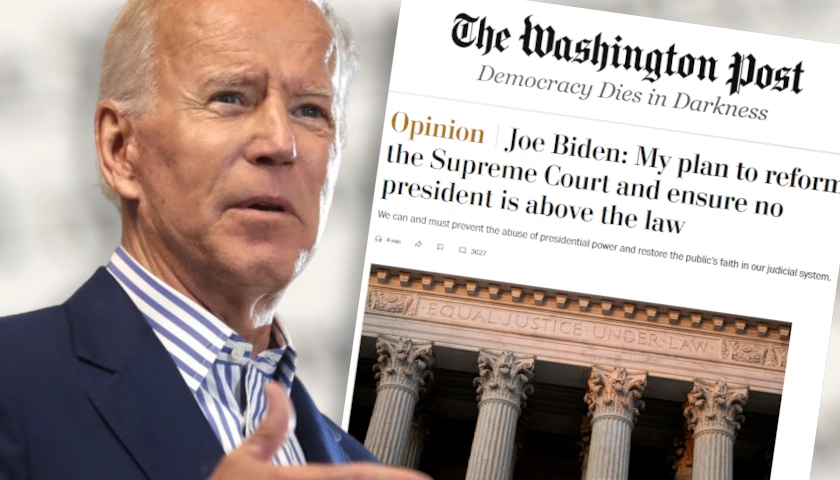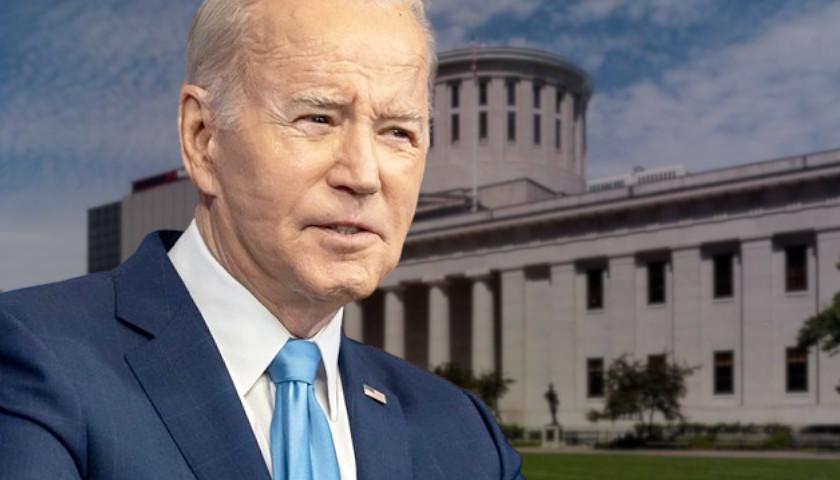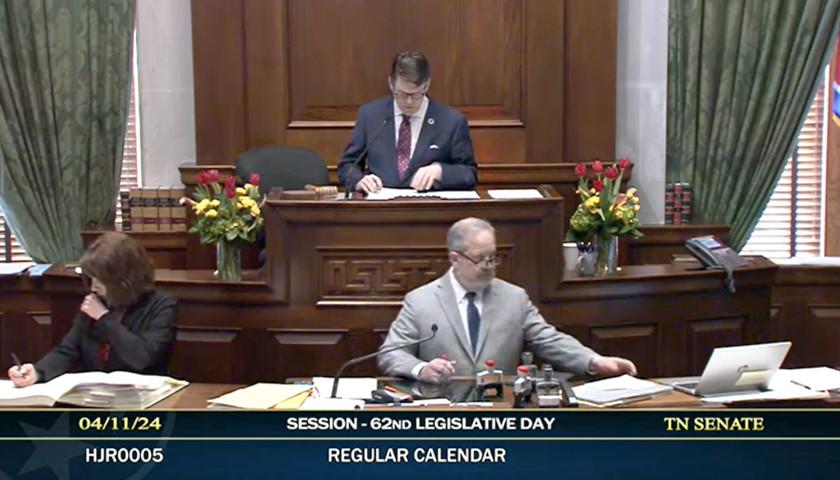A group trying to alter the way term limits work in the Buckeye State filed petition paperwork with Attorney General Dave Yost Wednesday.
A group called Ohioans for Legislative Term Limits (OLTL) wants to limit the number of years state elected officials can serve to 16.
Currently, an amendment passed by Ohioans in 1992, allows politicians to serve eight continuous years in either chamber. However, elected officials can return to the Senate or House after sitting out four years.
“This initiative would institute a 16-year lifetime ban that would close the current loophole that allows legislators to shuffle back and forth between the House and Senate indefinitely,” Columbus attorney Don McTigue told the Toledo Blade.
If Ohioans pass this initiative, term limits would be counted on January 1, 2021. This means it will affect politicians being elected this November.
McTigue also told the Toledo Blade this group has supporters from both political parties.
“A campaign structure is being organized now,” he said. “You will be hearing more from the campaign as things develop in the weeks and months ahead.”
Yost has until March 2 to determine if this proposal can move forward. If he does approve the proposal’s language, OLTL will have until July 1 to collect 442,958 voter signatures by July 1 to get on this year’s November ballot.
A 2019 study done by Lynda Powell, a professor of political science at the University of Rochester, looked into the effects term limits had on 21 states that passed limits from 1990 to 1995. Her study found that it had a negative effect on the legislative process in terms of elected officials spending time with constituents.
“We found that members in term limit chambers spent less time on keeping in touch with their constituents, on casework, and on pork,” she said.
Furthermore, the study found term limits affected the legislative process “institutionally.”
“When term limits are implemented in legislatures, governors – as well as bureaucrats and civil servants – gain considerable influence at the expense of legislatures,” Powell said.
Other measures that might appear on this Fall’s ballot include an increase Ohio’s to minimum wage and an amendment that would allow for same-day voter registration.
– – –
Zachery Schmidt is the digital editor of Star News Digital Media. If you have any tips, email Zachery at [email protected].
Photo “Ohio Capitol” by Mj. CC BY-SA 4.0.





